And the fact that Ukrainian troops are said to have taken control of a gas metering station near the town of Sudzha in Russia's Kursk border region has raised many questions about the issue.
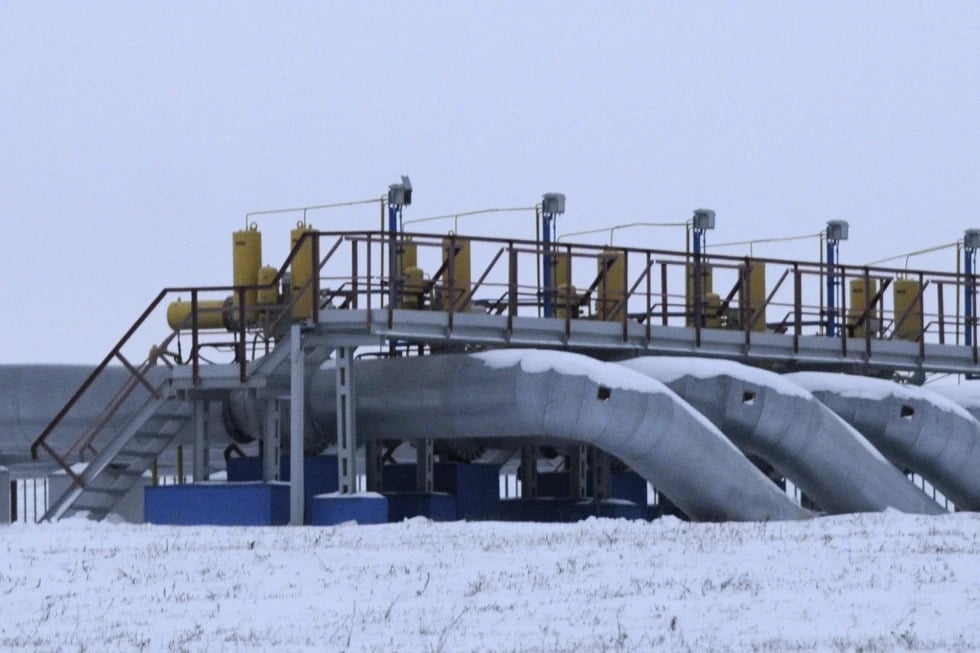
Gas pumping station in Sudzhe, Russia. Photo: AP
Who gets Russian natural gas through Ukraine's pipeline?
Natural gas flows from the West Siberian gas fields through pipelines that pass through the town of Sudzha and cross the border into the Ukrainian system. The pipeline enters the European Union at the Ukraine-Slovakia border, then branches off and delivers gas to Austria, Slovakia and Hungary.
Last year, about 3% of Europe's gas imports flowed through Sudzha. In total, about 15% of Europe's gas imports still come from Russia. Natural gas is used to generate electricity, power industrial processes or heat homes.
What is the situation at the Sudzha gauging station?
The gas continues to flow, although Ukraine could have cut off the flow through the pipeline at any time, even before it lost control of the Sudzha gas station. The reasons for its control are difficult to verify, as it is a military secret and journalists or observers are not allowed access to the area.
According to Ukraine’s gas transmission system operator, 42.4 million cubic meters of gas were scheduled to pass through the Sudzha station on August 13. This is close to the average for the previous 30 days.
Why is gas still being shipped from Russia to Europe?
Before the conflict, Ukraine and Russia had agreed to a five-year deal under which Russia agreed to send a certain amount of gas through Ukraine’s pipeline system to Europe. Russian gas company Gazprom collects the gas sales, while Ukraine collects transit fees.
That agreement runs until the end of this year. Ukrainian Energy Minister German Galushchenko said Ukraine has no intention of extending or replacing the agreement.
Before the conflict, Russia supplied about 40% of Europe's natural gas through four pipeline systems: one under the Baltic Sea, one through Belarus and Poland, one through Ukraine, and finally the TurkStream under the Black Sea through Turkey to Bulgaria.
After the conflict began, Russia cut off most supplies through the Baltic and Belarus-Poland pipelines over disputes over payment in rubles. The Baltic pipeline was also actually blown up due to sabotage.
The Russian gas cutoff has caused an energy crisis in Europe. Germany has spent billions of euros to set up floating terminals to import liquefied natural gas by ship, not pipeline. Norway and the United States have since become the two largest suppliers.
However, Russian gas has never been banned, even though the money earned from gas can support the Russian state budget and help prop up the ruble, a testament to how dependent Europe has become on Russian energy.
What is the future of Russian gas flows to Europe?
The European Union has set out plans to completely end fossil fuel imports from Russia by 2027. But recent progress has been uneven.
Austria has increased its gas imports from Russia from 80% to 98% in the past two years. While Italy has cut down on direct imports, it still receives gas sourced from Russia via Austria.
EU members Romania and Hungary have signed gas deals with Türkiye, which imports gas from Russia. “Russian gas is being laundered through Azerbaijan and Türkiye to meet Europe’s continued high demand,” said Armida van Rijd, a senior research fellow at the Royal Institute of International Affairs in London.
She highlighted the fact that “it is very difficult for European countries to fully diversify their energy supplies, as many are struggling with high inflation and a cost of living crisis”.
Hoai Phuong (according to AP)
Source: https://www.congluan.vn/tai-sao-khi-dot-nga-van-chay-qua-ukraine-de-den-chau-au-post307977.html


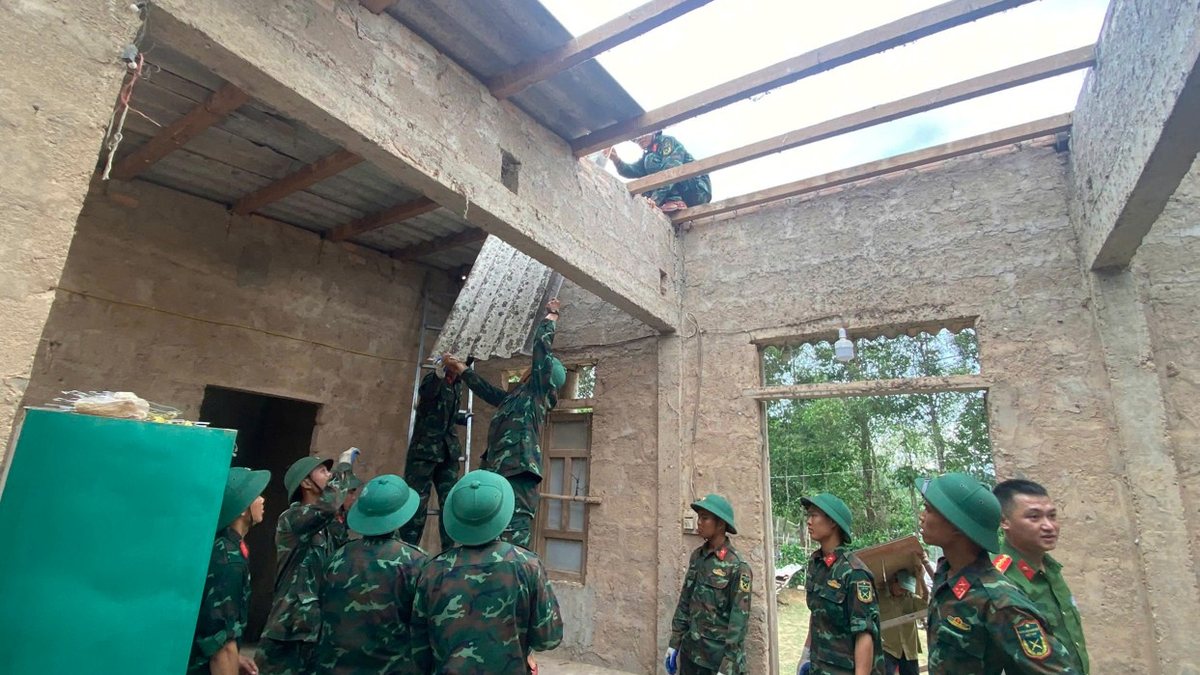
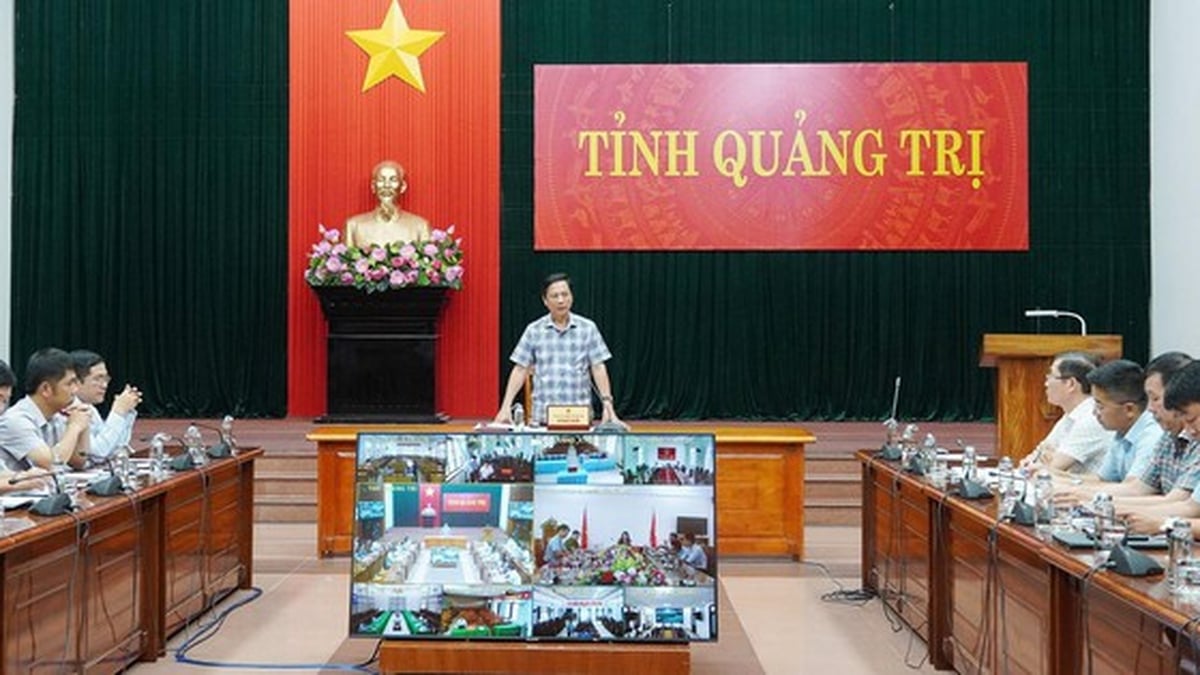


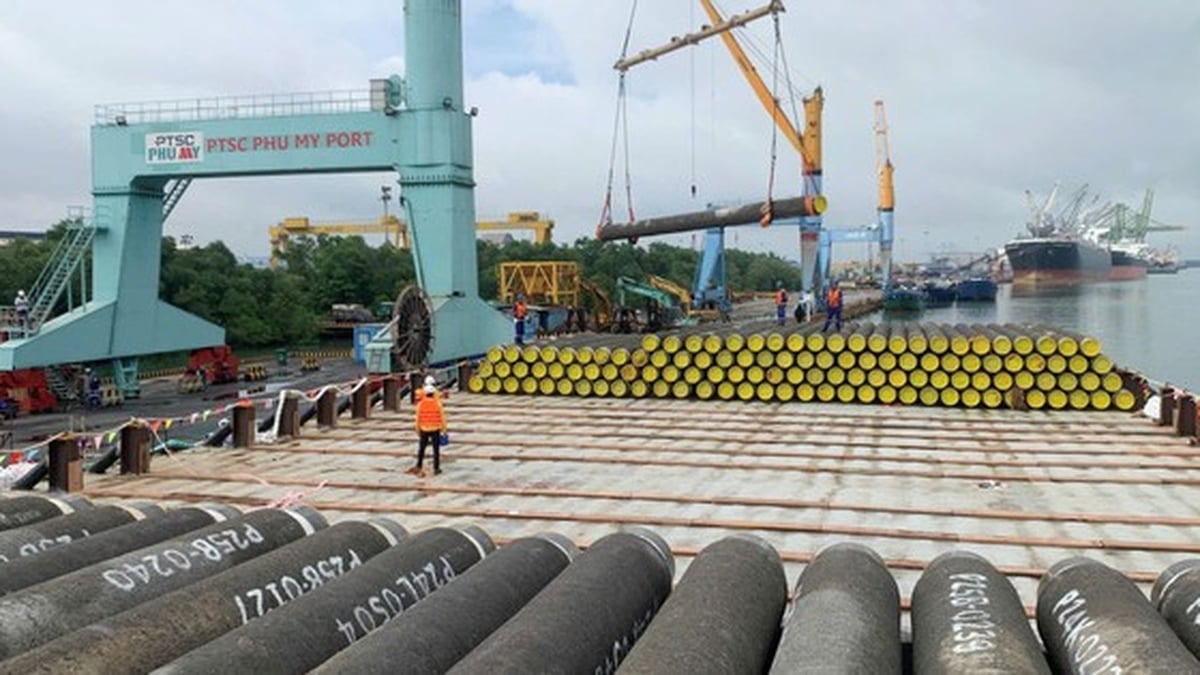

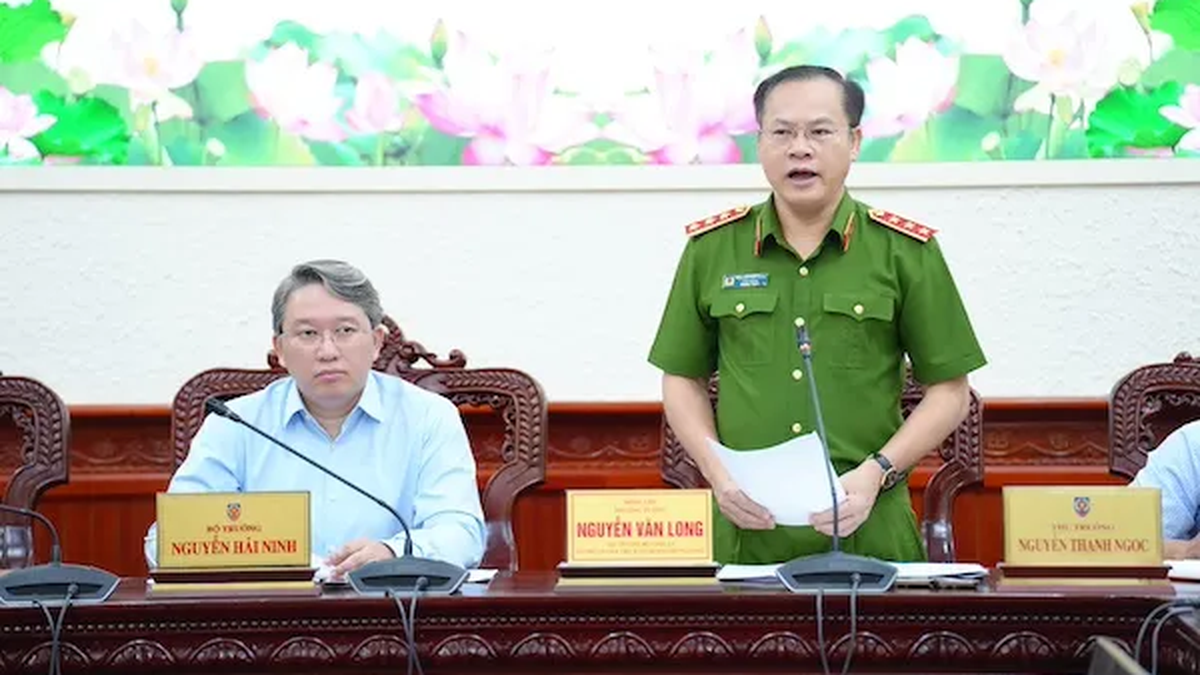
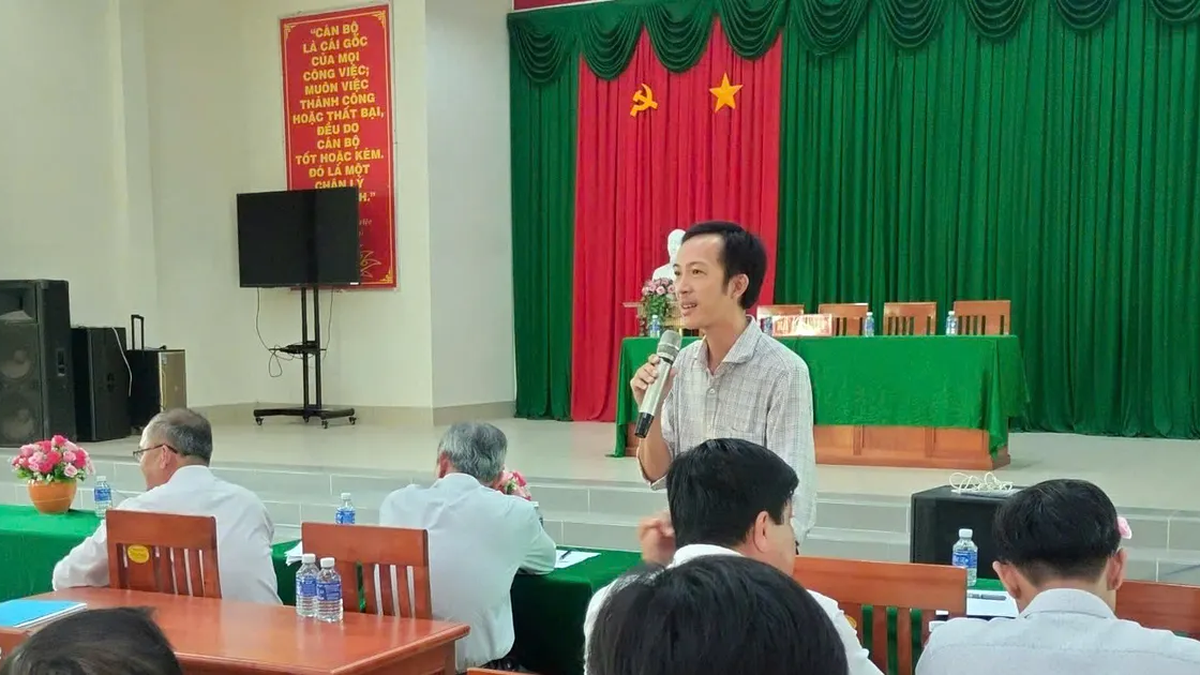

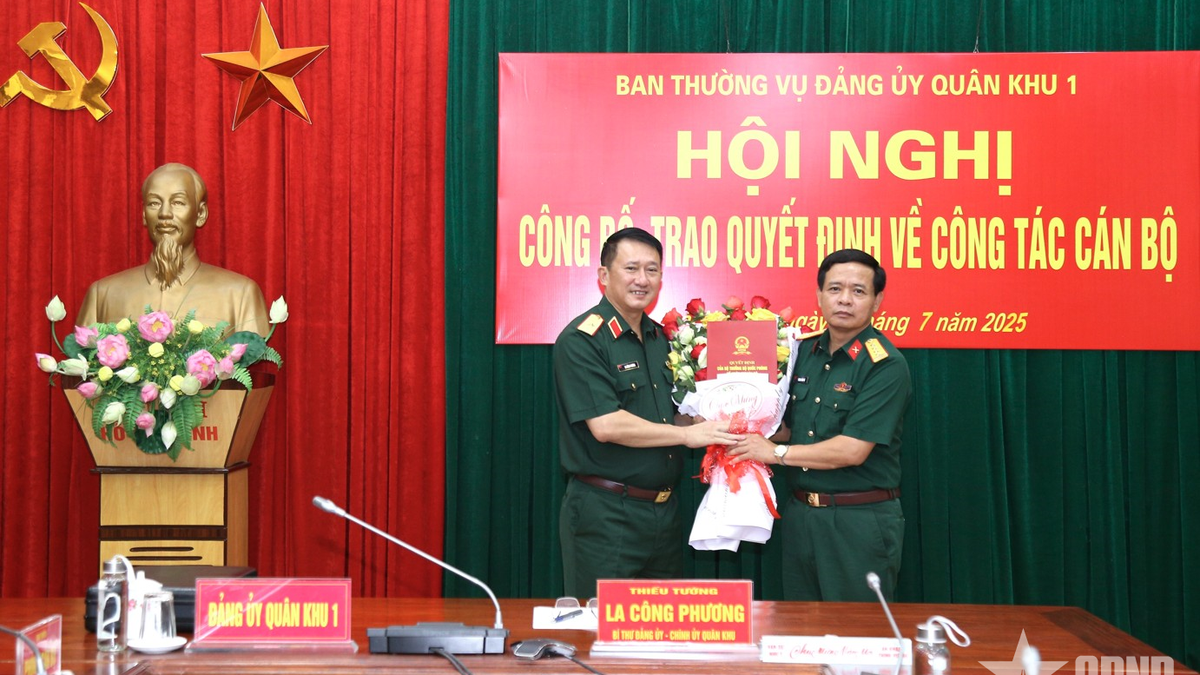




















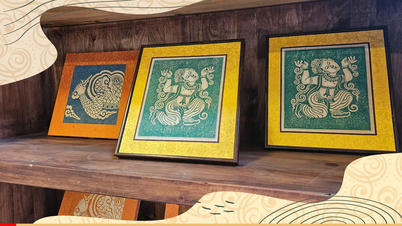

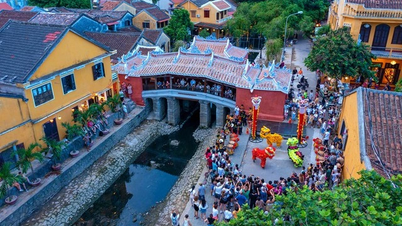

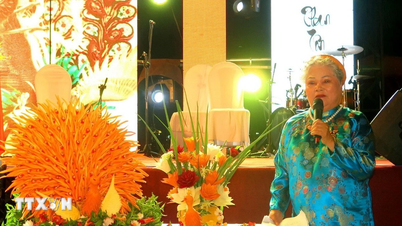














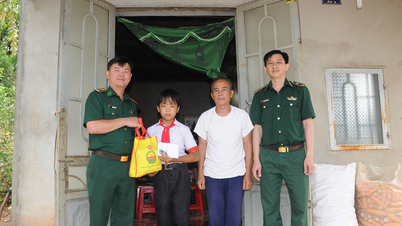










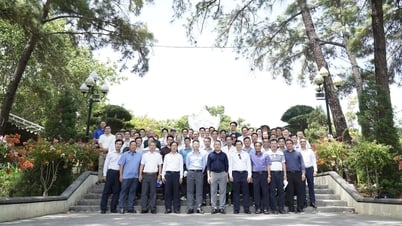

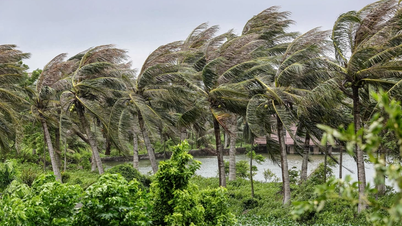

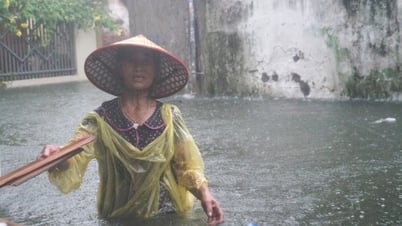
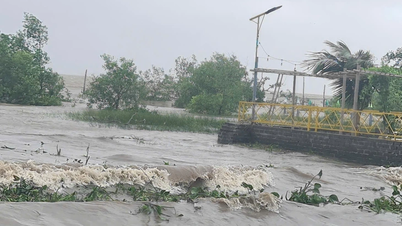
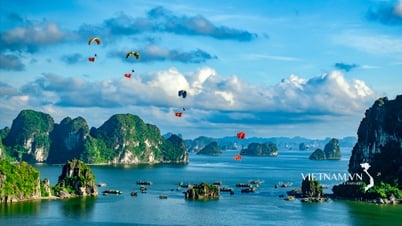
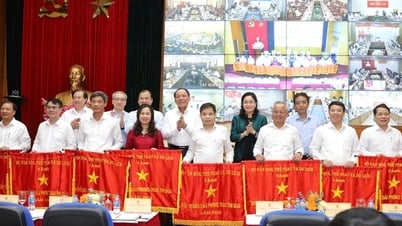


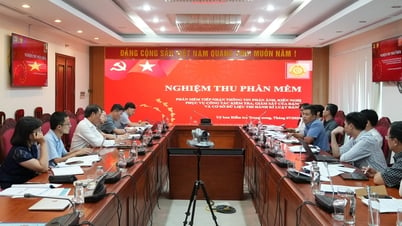

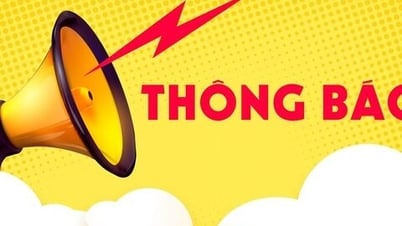


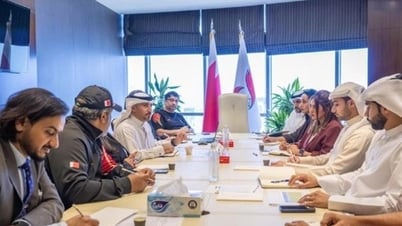
























Comment (0)